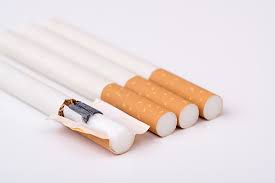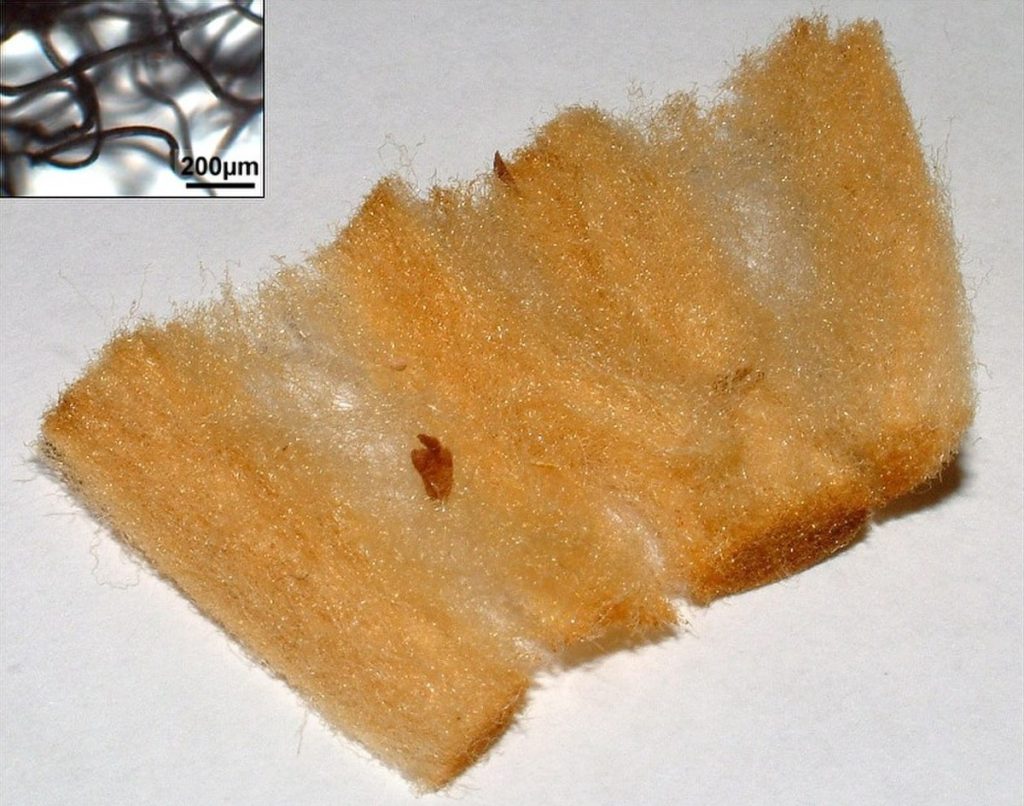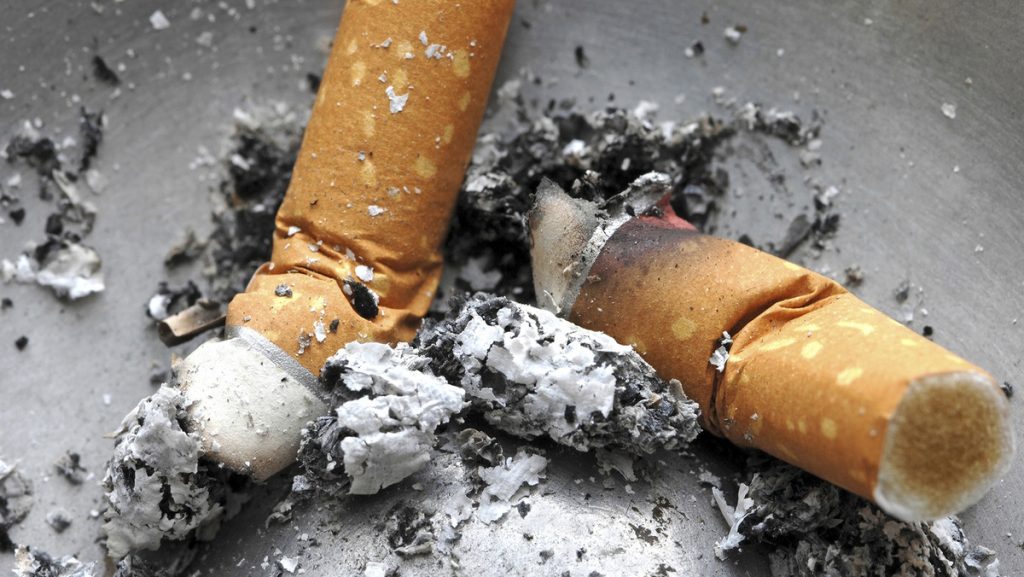5 surprising facts about cigarette filters

Have you ever wondered what a cigarette filter actually does? Not in an abstract sense, like ‘it cleans the smoke a little,’ but in real terms: how is it designed, how effective is it, and why is it there in the first place?
Well, as it turns out, even those who have smoked hundreds of kilograms of tobacco in their lifetime are far from knowing everything about filters and their actual functionality, features, advantages, and disadvantages.
I pored over dozens of studies and articles. I learned a lot of interesting things. I would like to tell you about five surprising facts about cigarette filters that many smokers refuse to believe or are hearing about for the first time.

But it all started with women’s cigarettes.
If you dig into history, filters are purely a marketing ploy. Their widespread use did not begin out of concern for health, as many people thought. The first filter cigarettes in the United States were advertised as ‘feminine’: you smoke, and the ash doesn’t fall on your dress, the taste is milder, and the paper doesn’t stick to your lips. But when panic about the dangers of tobacco began in the 1950s, cigarette filters became very popular. They were sold as ‘protection’ against carcinogens. Like, smoke calmly — the filter will save you.

By the early 1960s, almost half of all cigarettes were already manufactured with filters. And then it was smooth sailing: by the end of the 1990s, more than 95% of cigarettes worldwide had filters. Not because they improved the taste of smoke, but because smokers liked to believe that cigarettes had become less harmful.
A filter is not just a piece of paper
If anyone thinks that the filter is made of paper or cotton, they are mistaken. It is cellulose acetate, a rather capricious synthetic material made from wood pulp. It is a kind of plastic, only soft.

Here’s an interesting point: a typical filter weighs only about 0.2 grams. But imagine if billions of such filters are thrown away. According to estimates, in Russia alone, approximately 45–50 thousand tonnes of cigarette butts are thrown away every year. And they all contain this acetate material, which takes about 10 years to decompose in the ground, and even longer in a humid environment.
Simply put, you smoke one cigarette, and the filter will lie somewhere in the ground for at least 15 years.
Does it filter anything at all?
This is where it gets interesting. In theory, the filter traps some of the tar, nicotine and heavy compounds. In reality, yes, but not as much as many people think.
If the cigarette is a simple one without strong Cuban tobacco, the filter in it traps about a third of the solid particles. In good condition, up to 40%. Sometimes activated carbon is added, and then some of the volatile substances are indeed captured better. But even here, there are no miracles — not 100%, not 80%. Half at most.

Today, manufacturers change the density of acetate fibre, add carbon powder or create ‘ventilation’ — small holes on the sides of the filter. Yes, these holes are not a defect, but engineering. Air is drawn in through them, diluting the smoke. This makes the cigarette seem ‘lighter,’ although in reality the nicotine concentration remains almost unchanged. It’s just an illusion. And it doesn’t make the smoke any cleaner.
Smoke temperature — and why it’s easier with a filter
A doctor friend of mine, a pulmonologist, said: ‘The main benefit of a filter is not protection from chemicals, but protection from temperature.’ Indeed, tobacco heats up to 850 degrees Celsius when smouldering. If you smoke without a filter, the smoke coming out of the cigarette can be 65 degrees Celsius, and sometimes even higher. With a filter, it is slightly lower, 45–50 degrees Celsius, rarely higher.

So, the filter cools the smoke a little. This reduces throat irritation and makes the inhalation process smoother. And if the cigarette has a ventilated filter (those tiny holes on the side), the smoke is diluted with air and becomes even cooler.
But here’s the catch. Most people hold a cigarette in such a way that their fingers cover these holes. And the whole effect of ventilation is lost. The filter becomes just a piece of plastic again.
What if you don’t use it?
Old-school smokers, especially fans of Prima cigarettes, have always said that the true taste of tobacco can only be found in cigarettes without filters. And in some ways, they are right. Without a filter, the taste is indeed richer. The smoke is thicker, stronger, hotter. However, the throat hit is also stronger. Not every body can handle this, especially if the lungs are no longer young.

Interesting fact: according to research, smokers of unfiltered cigarettes received approximately 35% more nicotine and tar. In other words, they exposed their lungs to rapid wear and tear. Tar quickly sticks to the walls of the bronchi and lungs and destroys the ‘cilia’ responsible for removing tar from the body with phlegm.
Are there many benefits?
We are all used to thinking that if there is a filter, then smoking is safer. And if there is no filter, then it is harmful. However, statistics contradict this. Almost all modern cigarettes are equipped with filters. However, the number of lung diseases, cardiovascular problems and cancer cases has not decreased significantly. On the contrary, the overall figures are not encouraging.

So, maybe the filter is just an illusion? You know, a kind of ‘cultural smoking’ wrapper, rather than real protection?
Food for thought: is a filter cigarette about comfort or deception? Or is it about a habit that you don’t want to delve into too deeply?

